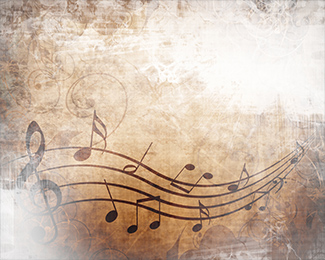When Assistant Professor of Music Rosa Abrahams began studying music theory, Jewish liturgical music—which she calls her “musical home”—was not reflected in what she was learning. So, she made it her own research.

In exploring how people move their bodies during prayer, Abrahams focuses on Jewish worship settings, examining how movements are aligned—or not aligned—with the meter of the chant being sung or heard. She analyzes the chant, which doesn’t always have a regular meter like some music does, as well as individual people’s movements.
Music theorists employ analytical methods that have developed over centuries, but Abrahams is looking to expand on what she calls an “analytical toolkit.” She uses mimicry to learn to move as her participants move, and since Jewish music is an oral tradition music, it is typically transmitted through oral learning. Thus, we can understand Jewish liturgical chant as being ontologically different from composed music in, say, a classical or popular style.
